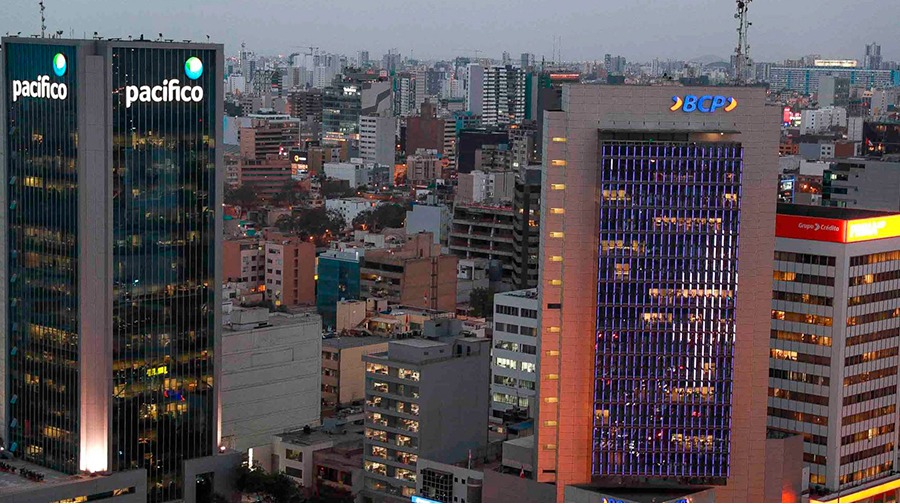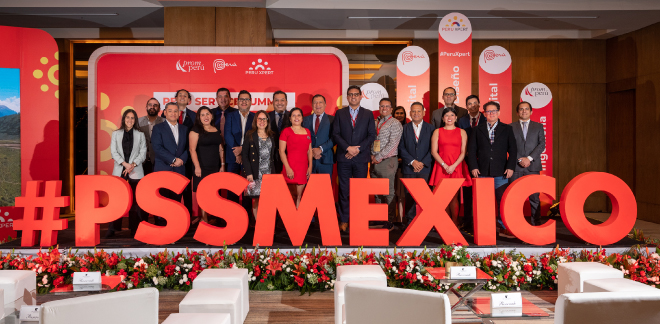Peru will recover faster from the fiscal impact of the coronavirus
Síguenos en:Google News
Phase 2 of the economic recovery is already taking its first steps in Peru. With some businesses now up and running, businesses which are considered essential according to the government's plan, it is now up to small and medium-sized enterprises (SMEs) to take to the field with their best attack and defense strategies.
However, in the midst of the crisis, the prognosis remains encouraging for these two neighboring nations. This was announced by the director of the International Monetary Fund (IMF) for the Western Hemisphere, Alejandro Werner, in a statement to cnn.com.
This is an excerpt from an interview with the expert by Andrés Oppenheimer, host of the program "Oppenheimer Presenta", which is broadcast on Sundays on CNN en Español. What are the reasons for the promising recovery of these two South American countries? Here are the details.
First factor: self-dependence
The first of the reasons that lead Alejandro Werner to believe in a positive reactivation of Peru and Chile is that they are nations that "are not dependent on oil, [but] are dependent on metals that suffered less than oil. In the case of Peru, 2019 saw significant growth in gold exports, amounting to 8,482 million dollars, 2.7% more than in 2018. As for copper, although the level of exports contracted by 7%, exports generated a significant income of $13,893 million.
With the state of emergency and obligatory isolation decreed by the Peruvian government in mid-March, some of the extraction activities were brought to a halt. In early May, however, the government issued Supreme Decree No. 080-2020-PCM, which initiated Phase 1 of the economic revival. Among the businesses that were able to initiate their activities once again was mining.
The aforementioned law announced that the activities of "exploitation, profit, storage, transport and closure of mines of the large mining stratum and projects in construction of national interest and hydrocarbons" would be able to operate once again, a sector that is closely connected to the Chinese market, which is beginning to show signs of economic recovery.
The government's measure also favored other industries such as industrial fishing, the metal-mechanic industry as well as the manufacture of inputs for agricultural activity.
This is a timely turn of the screw that will enable Peruvians to sustain themselves by their own means.
Second factor: internal policy
The positive fiscal measures that both South American countries are maintaining in the long term have paid off. Alexander Werner went on to say that: "The fact that these two countries (Peru and Chile) have had robust public, fiscal, etc. policies for more than a decade has also enabled them to implement very powerful counter-cyclical policies."
In the case of Peru, the fiscal policy of keeping inflation under control has made it possible to face the pandemic from a stronger vantage point. According to a recent report by BBVA Research, published in April this year, inflation in Peru fell back in year-on-year terms to 1.7%.
You can access the full report yourself here.
Long-term measures have allowed for the appropriate emergency measures to be taken by the Peruvian State, such as the 'Universal Family Voucher' of 760 soles for 6.8 million households, as well as the creation of the business support fund for micro, small and medium enterprises.
Sources: CNN/ Gobierno del Perú/ RPP/ BBVA
You might also be interested








